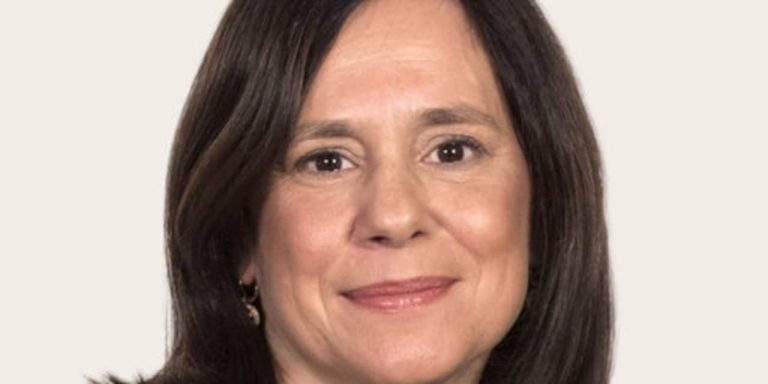The Fed should first slow the pace of reducing its balance sheet and then phase out the program, to reduce the possibility of having to stop it suddenly, Dallas Fed President Lori Logan said on Saturday.
“Slower balance sheet normalization can actually help us reach a more efficient balance sheet over the long term by facilitating reallocation and reducing the likelihood that we will shut down prematurely,” Logan said, speaking at the American Economic Association meeting. In San Antonio, Texas.
Logan gave no hint about when the Fed might end its balance sheet reduction.
Read also: Fed's Logan wouldn't rule out another rate hike 'yet'
She said the Fed should slow balance sheet contraction when overnight reverse repo balances fall to a low level.
The Dallas Fed president backed a discussion in the coming weeks to “examine the parameters” that would guide any decision to slow the balance sheet runoff.
The decision to consider measures to slow the pace of runoffs was first revealed on the balance sheet last week in the minutes of the Fed's December meeting.
Since the summer of 2022, the Fed has quickly let nearly $100 billion in securities outstanding off its balance sheet each month. So far, the Fed's balance sheet has shrunk by $1.3 trillion, to $7.7 trillion.
Logan said there were still “more than adequate bank reserves” and more than adequate liquidity overall in the financial system.
The Fed has never specified what level it wants the balance sheet to reach. The central bank wants banks to hold “ample reserves.”
Federal Reserve Chairman Jerome Powell said the Fed intends to continue shrinking its balance sheet even if central banks start cutting interest rates.
The first time the Fed attempted quantitative tightening was in 2017. It ran into unexpected problems in September 2019 and ended the program early.
The balance sheet stood at about $3.8 trillion in August 2019 just before the first QT program expired.
In the wake of the coronavirus pandemic, the Fed's balance sheet swelled as the central bank bought junk securities in exchange for cash and began emergency lending programs. The balance sheet peaked at about $9 trillion.
Paul Ashworth, chief North America economist at Capital Economics, said he expects the Fed to reduce the size of its balance sheet by June, with quantitative tightening ending in December.
“There remains a chance that if economic growth slows more than we expect, the Fed could ease QT immediately,” Ashworth added in a note to clients.
Economists at Bank of America Securities believe the QT program will expire entirely in June.


